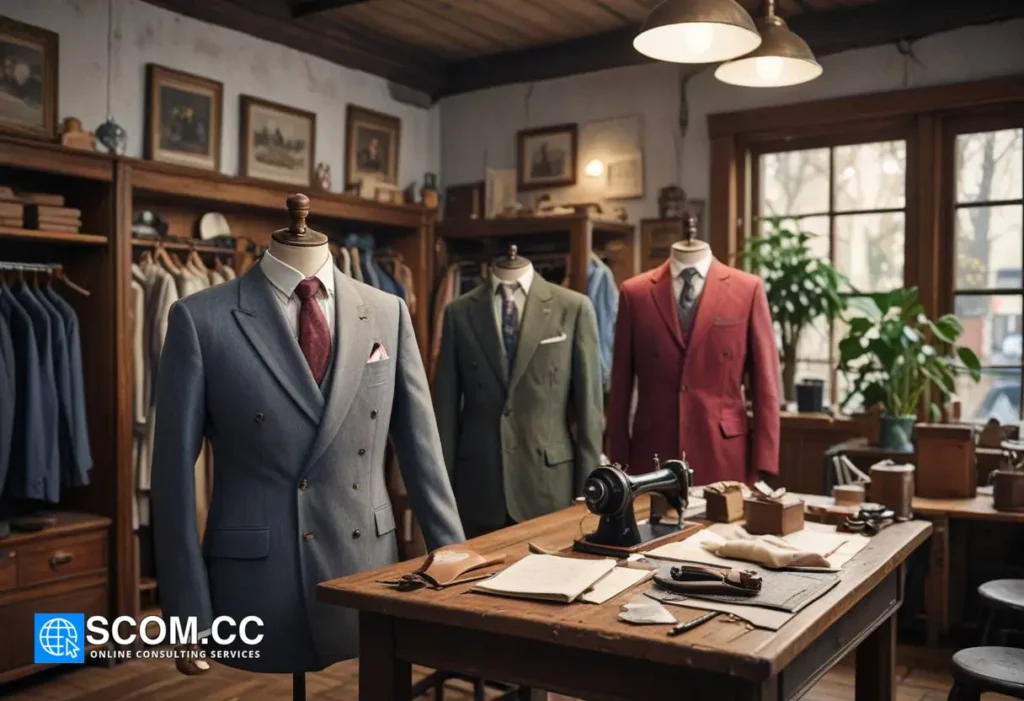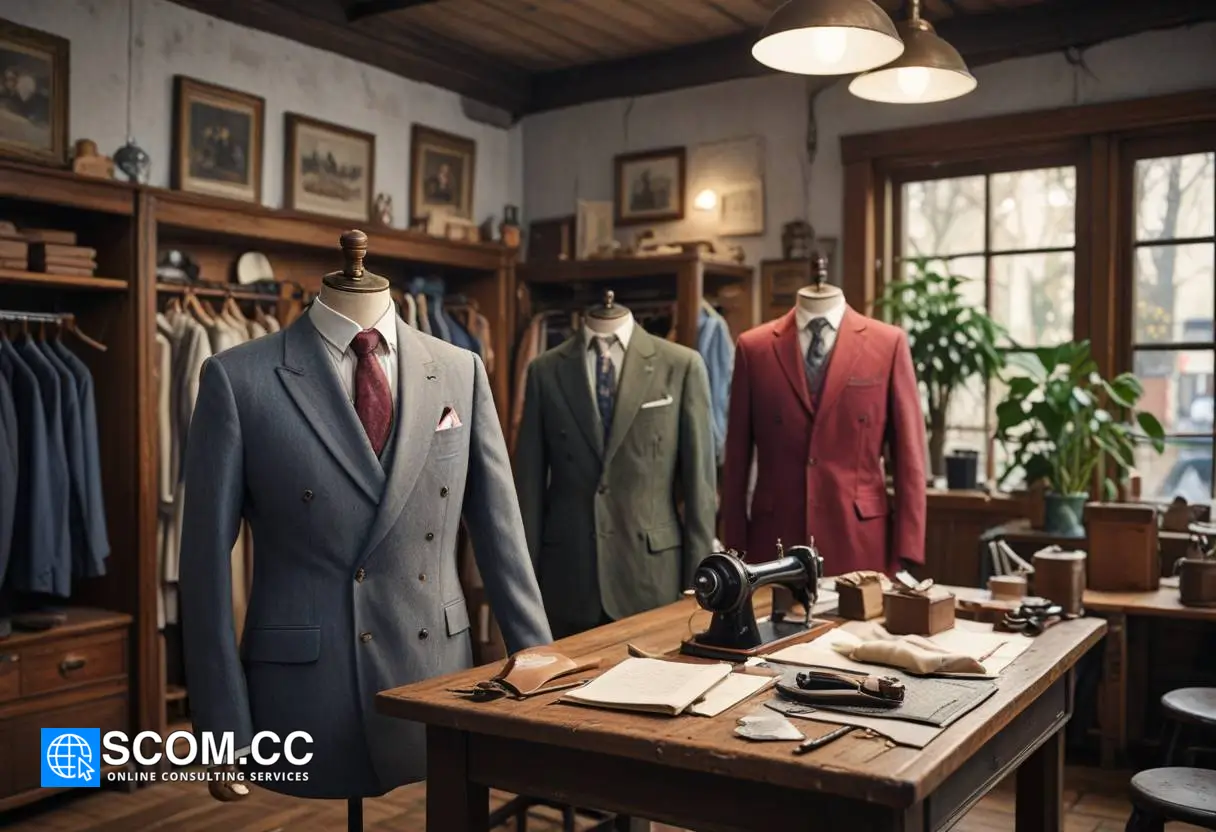Tips for Creating Custom Tailored Pants with Precision

Tips for Creating Custom Tailored Pants with Precision
Creating custom tailored pants involves a meticulous process that combines skill, accuracy, and attention to detail. Tailoring pants to fit perfectly requires an understanding of both the construction techniques and the subtleties of fabric handling. This guide will provide comprehensive tips to help you create custom tailored pants with precision, ensuring a flawless fit and a professional finish.
Understanding the Fit and Style
The foundation of well-tailored pants is a clear understanding of the desired fit and style. Consider the following factors:
Choose the Right Fit
- Slim Fit: Tapered through the leg, offering a sleek, modern look.
- Straight Fit: Classic cut that provides a more relaxed fit through the leg.
- Relaxed Fit: Offers additional room for comfort and movement.
Determine the Style
- Flat-Front Pants: Ideal for a clean, streamlined look.
- Pleated Pants: Provides extra room and a more traditional appearance.
- Cuffed or Non-Cuffed: Decide on cuffs based on style preference and fabric type.
Accurate Measurements
Accurate measurements are crucial for achieving a perfect fit. Follow these steps to ensure precision:
Measure the Waist and Hips
- Waist Measurement: Use a flexible measuring tape to measure around the natural waistline, ensuring the tape is snug but not tight.
- Hip Measurement: Measure around the fullest part of the hips, keeping the tape parallel to the floor.
Inseam and Outseam
- Inseam: Measure from the crotch seam to the bottom of the leg. This measurement determines the length of the pants.
- Outseam: Measure from the top of the waistband to the bottom of the leg to ensure proper fit from waist to hem.
Rise Measurement
- Front Rise: Measure from the crotch seam to the top of the waistband at the front.
- Back Rise: Measure from the crotch seam to the top of the waistband at the back.
Pattern Drafting and Adjustments
Drafting or adjusting a pattern is essential for achieving the desired fit. Here’s how to approach it:
Create a Basic Pant Pattern
- Draft the Basic Pattern: Start with a basic pant pattern that fits your measurements. Use drafting software or a pre-made pattern as a base.
- Add Seam Allowances: Include seam allowances (typically 1/4 to 5/8 inch) to your pattern for sewing.
Make Necessary Adjustments
- Adjust Waist and Hip: Modify the pattern to match your waist and hip measurements. Add or subtract fabric as needed for a perfect fit.
- Tapering the Leg: Adjust the width of the leg based on your style preference, whether it's slim, straight, or relaxed.
Fabric Selection and Preparation
The choice of fabric impacts both the look and feel of the pants. Consider these tips:
Choose Appropriate Fabric
- Wool: Ideal for formal and business attire due to its drape and durability.
- Cotton: Perfect for casual wear and offers breathability.
- Blends: Combine natural and synthetic fibers for added comfort and wrinkle resistance.
Pre-Treat the Fabric
- Pre-Wash: Wash the fabric according to its care instructions to prevent shrinkage after tailoring.
- Press Fabric: Iron or press the fabric before cutting to ensure a smooth, even surface.
Sewing Techniques for Precision
Accurate sewing techniques are essential for achieving a polished look. Follow these guidelines:
Construct the Pants
- Sewing the Waistband: Attach the waistband with precision, ensuring it aligns perfectly with the top edge of the pants.
- Inseams and Outseams: Sew the inseams and outseams with even stitches, using a straight stitch or a serger for durability.
- Crotch Seam: Carefully sew the crotch seam to prevent puckering and ensure a comfortable fit.
Fitting and Adjustments
- Baste Fit: Temporarily baste the pants together to check the fit before final stitching. Make adjustments as necessary.
- Try On: Fit the pants on the wearer and make final adjustments to ensure a perfect fit.
Finishing Touches
Adding finishing touches enhances the overall appearance and durability of the pants:
Pressing
- Press Seams: Use a pressing cloth to press seams flat and ensure a crisp finish.
- Hem the Pants: Fold and press the hem to the desired length, then sew it in place with a blind stitch or a hem tape.
Adding Details
- Pockets: Add pockets with precision, ensuring they are aligned and secure.
- Button and Zipper: Attach buttons and zippers firmly, making sure they function smoothly.
Maintenance and Care
Proper care extends the life of your tailored pants:
- Cleaning: Follow fabric care instructions for washing or dry cleaning.
- Storage: Store pants on a hanger or in a garment bag to maintain their shape.
By following these tips for creating custom tailored pants, you can achieve a precise, professional fit that enhances both comfort and style. Tailoring pants with attention to detail ensures that the final garment not only meets your specifications but also showcases your craftsmanship.

To explore more about tailoring, visit our Blog of Tailoring. If you have any questions or need assistance, go to our contact page. Additionally, you can find more information about tailoring and consulting at this tailoring and consulting portal.
Leave a Reply

Excelente informacion gracias